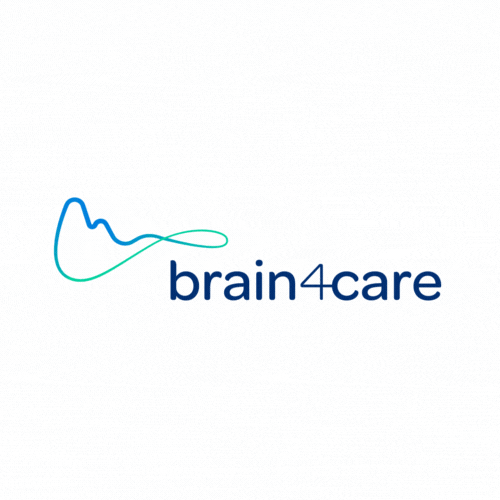
Abstract
Authors
W. K. Abdelbasset, S.A. Jasim, M. Rudiansyah, H. Huldani, R. Margiana, A. T. Jalil, H. J. Mohammad, H. SH. Ridha, G. Yasin.
Abstract
Epilepsy is one of the most common neurological disorders affecting most social, economic and biological aspects of human life. Most patients with epilepsy have uncontrolled seizures and drug side effects despite the medications. Patients with epilepsy often have problems with attention, memory, and information processing speed, which may be due to seizures, underlying causes, or anticonvulsants. Therefore, improving seizure control and reducing or changing the anti-epileptic drugs can solve these problems, but these problems will not be solved in most cases. In this work, we looked at the effects of pioglitazone, a Peroxisome Proliferator-Activated Receptor agonist used to treat type 2 diabetes, on pilocarpine-induced seizures in mice. The Racine scale was used to classify pilocarpine-induced convulsions. After that, all of the animals were beheaded, and the brain and hippocampus were dissected. Finally, biochemical techniques were used to determine the levels of Malondialdehyde and Catalase activity, as well as Superoxide Dismutase and Glutathione Reductase in the hippocampus. The results of this investigation suggest that pioglitazone’s antioxidant action may play a key role in its neuroprotective properties against pilocarpine-induced seizure neuronal damage.
To learn more about the research, click here.



